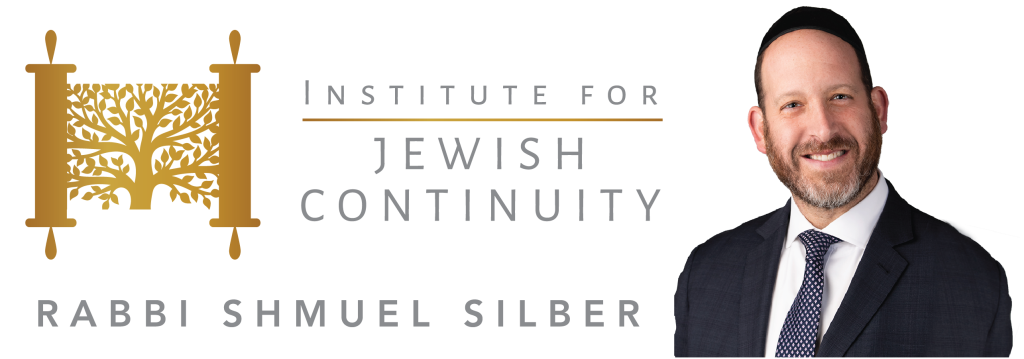The Lord spoke to Moses, saying: “When you take the sum of the children of Israel according to their numbers, let each one give to the Lord an atonement for his soul when they are counted; then there will be no plague among them when they are counted. (Exodus 30:11-12)
This first count served a number of purposes. It was a census. It provided silver for the construction of the Mishkan (Tabernacle), and it was affected atonement. The Jewish nation has misused its wealth in the creation of the Golden Calf and were now redeeming themselves (and their wealth) by contributing to a holy and higher cause.
The Lubavitcher Rebbe (1902-1994) makes a fascinating observation. The verse read, “Ki sisa es rosh bnai yisroel, when you count the children of Israel.” The true translation of “Ki sisa es rosh” is “when you lift up the head.” But how can you lift the head? Is it not already the “highest” part of the body? And it is here that the Torah is teaching us a beautiful, yet nuanced lesson. Even if you are a rosh, accomplished and spiritually elevated, you must always strive to live a life of ki sisa, elevation and growth. We have dreams and aspirations, and BH, many times we put in the requisite effort, and we accomplish. We cross the finish line. Our goals materialize. We become the rosh. But even in those moments of incredible life accomplishment, we must ask ourselves, “what’s next?” What is the next journey? What is the next accomplishment? What else needs to be done? Even the rosh has to lift itself higher.
It is important to be cognizant of my accomplishments and take pride in all I have achieved. The existential danger we encounter is when that cognition leads to stagnation. We must avoid the temptation of feeling fully accomplished and complacent. No matter how high and holy the rosh may be, we must always lead lives of ki sisa.
Sourcesheet

